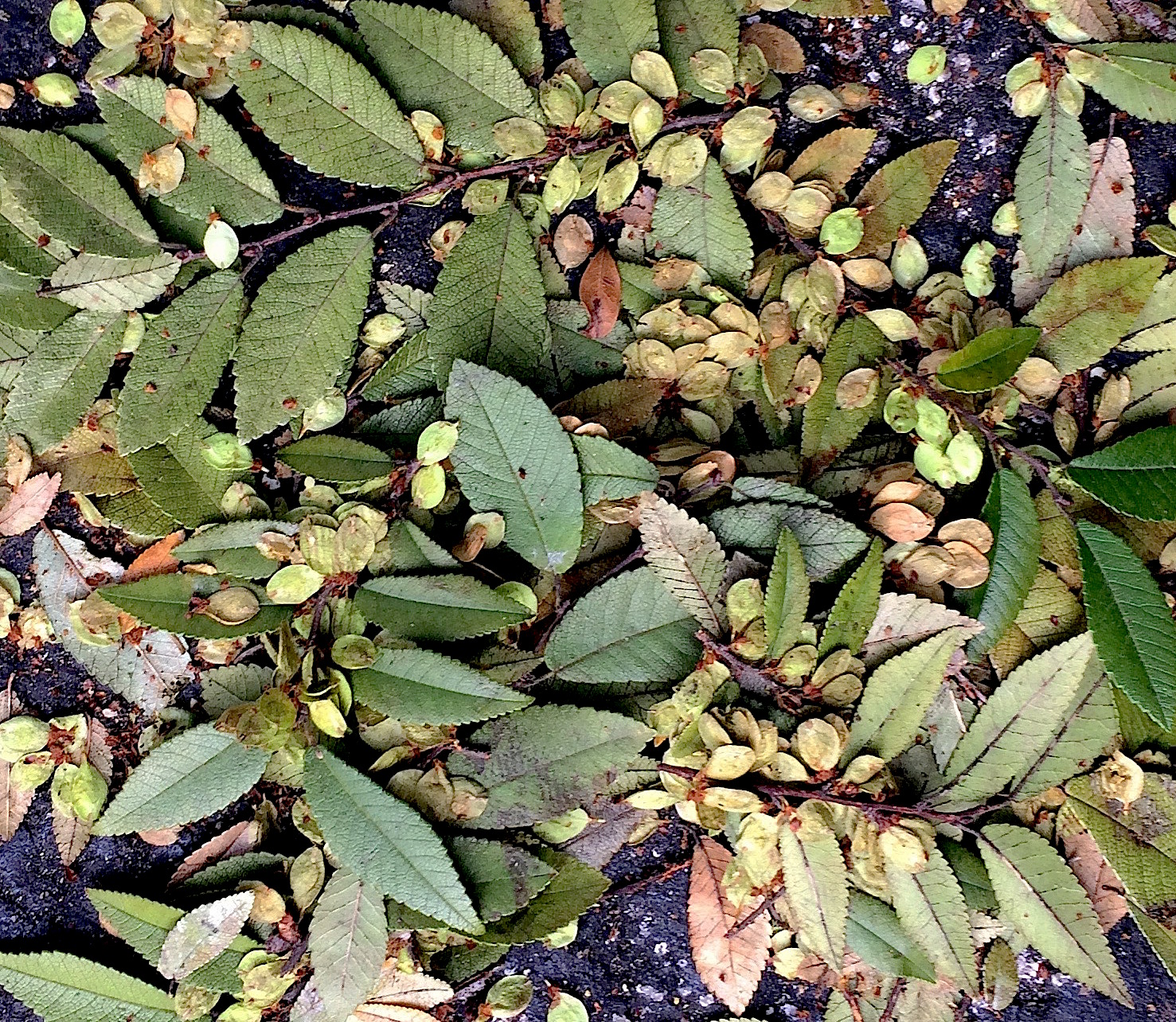
Around most Chinese Elms now is a layer of falling leaves and samaras, both edible especially the smaller leaves. The species is semi-deciduous which makes harvesting easy now. To read more about the Chinese and other Elms go here. Photo by Green Deane
The Wild Lettuce season has started. During a foraging class near Daytona Beach this week we found a small Grassleaf Lettuce. While Wild Lettuce can grow nearly any time of year it favors the cooler months locally. Besides the Grassleaf Lettuce the other major species usually found include the Florida Lettuce, the Canadian Lettuce and the Prickly Lettuce. Wild Lettuces are among the few plants with white or beige sap that we do eat. They can be consumed raw or cooked however Wild Lettuces are usually somewhat bitter either way. You can read about them here and here.
Definitely nearing the end of its season is Horsemint. Related to a variety of mints in North America it’s usually easy to find in the fall because of its showy pink bracts. It also has the habit of growing along dry sandy road banks and cuts through sand hills. Horsemint is not only an excellent spice but it makes a sedative tea in stronger concentrations. Like many of its relative called Bee Balm, when in blossom it attracts a wide variety of insects. Often a bunch of Horsemint will literally be a source of buzzing for a week or more as insects pollinate it. The species also transplants easily. To read more about Horsemint, go here. Still growing strong in some places is Smartweed. A wet ditch full of the peppery plants in blossom was seen near Daytona Beach. The leaves are very hot and the blossoms hot and bitter. You can read about Smartweed And American Beautyberry, which we have written about several times in this newsletter, is perhaps at the height of its fall season and very easy to find. You can read about the Beautyberry here.
Also fruiting heavily this time of year is the controversial Brazilian Pepper. At one time it was heavily promoted as the “Florida Holly” ignoring that the state has many native hollies. Its berries are often confused with a relative called Pink Peppercorns. In fact “Pink Peppercorns” were banned from the United States for several years because authorities thought they were the same species as Brazilian Pepper. As for using the Brazilian Pepper berries as spice, clearly some people can without any problems. Other people get extremely sick trying them just once. Some people can use them for a few days or weeks without a problem and then get ill. As I tell my students in foraging classes, you’re on your own with this one. The berries taste medicinal to me so I don’t use them.
Closely related to the Brazilian Pepper but useable are several sumacs. Our local one, the Winged Sumac, is heavy with fruit. The most common one where I grew up in Maine was the Staghorn Sumac, a rather attract and exotic looking shrub for a cold part of the world. I can still remember exactly where it grew in our horse pasture. While the quality varies with the species all sumacs — except poison sumac — are used the same way. Their acid can be used to make a vitamin C rich lemonade-like drink. Using hot water in the process creates a tea with tannic acid. The dried berries and be used to make a spice and spring sprouts can be peeled and eaten raw or cooked. Heavy rain — like Hurricane Matthew had — can wash most or all of the tart acid off so harvesting them with an eye on the weather is advisable. To read more about the sumac go here.
Upcoming Foraging Classes: All the classes are outside and about four hours long. This usually involves three or four hours of easy walking on paths or grass for a couple of miles. All the plants covered at the various locations are on this website.
Sunday, November 20, John Chestnut County Park: 2200 East Lake Road, Palm Harbor, FL 34685. 9 a.m. Meet at the beginning of the Peggy Park Trail inside John Chestnut Park.
Sunday, November 27th, Blanchard Park, 10501 Jay Blanchard Trail, Orlando, FL 32817. 9 a.m. Meet by the tennis courts next to the YMCA.
Sunday, December 4th, Bayshore Live Oak Park, 2200 East Lake Road, Port Charlotte, FL. 9 a.m. We meet by the parking lot near the intersection with Ganyard Road.
To learn more about the foraging classes go here.
All of Green Deane’s videos are available for free on You Tube. They do have ads on them so every time you watch a Green Deane video I get a quarter of one cent. Four views, one cent. Not exactly a large money-maker but it helps pays for the newsletter. If you want to see the videos without ads and some in slightly better quality you can order the DVD set. It is nine DVDs with 15 videos on each. They make a good Christmas gift. Many people want their own copy of the videos or they have a slow service and its easier to order then to watch them on-line. They make a good gift for that forager you know. Individual DVDs can also be ordered. You can order them by clicking on the button on the top right of this page or you can go here.
Want to identify a plant? Looking for a foraging reference? Do you have a UFO, an Unidentified Flowering Object you want identified? On the Green Deane Forum we chat about foraging all year. And it’s not just about warm-weather plants or just North American flora. Many nations around the world share common weeds so there’s a lot to talk about. There’s also more than weeds. The reference section has information for foraging around the world. There are also articles on food preservation, and forgotten skills from making bows to fermenting food. You can join the forum by clicking on the button on the upper right hand side of this page.
This is Newsletter 233.
If you would like to donate to Eat The Weeds please click here.
There will be no newsletter Nov. 29th as it is the fifth Tuesday in the month which gives the writer a short vacation.

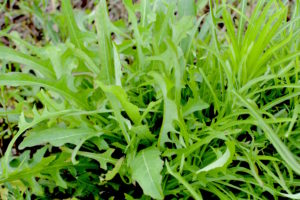
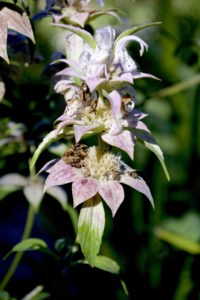
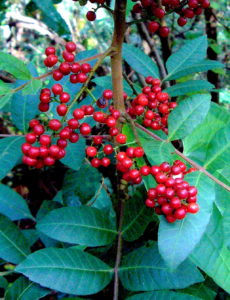

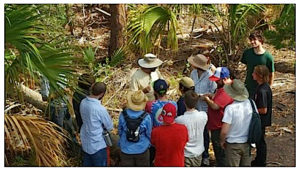

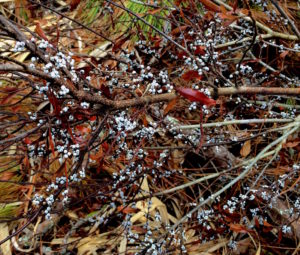

Everytime I go to the forum to find out the answer to what picture you have posted, I cannot find it. What is the topic I should be looking for, please?
Ah… I see what you mean. The picture is a reminder to join the forum. The shrub is the Southern Wax Myrtle.
On this occasionally sunny, but humid and very cold Wednesday 16/11/2016 I had a walk for about one kilometer from where I live – with my wife and son Wail – not far from University Hospital Limerick. On the right of the pavement of Doordoyle road where I started up to Fusion restaurant I’m sure I’ve’nt missed watching the Lettuce plant, exactly the one that has been well described in your article i.e. “Lactuca Floridana”. Thank you for the good info.
Please Green, Let me ask whether Sonchus plant which is familiar to us in Sudan has any relationship with Lettuce!
Sonchus is related to Wild Lettuce and edible. The quality may vary, however.